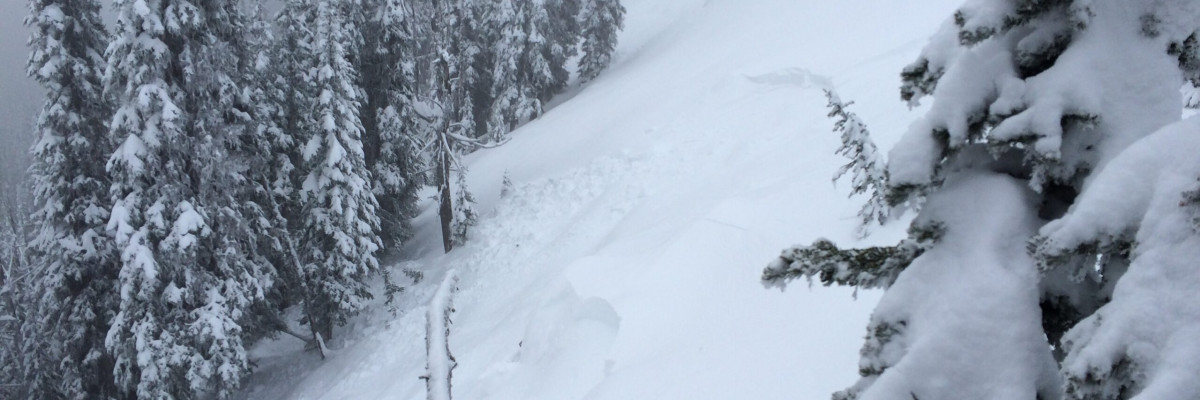An avalanche warning for HIGH avalanche danger continues for the mountains above 6000 feet in west central Montana.
Good morning, this is Steve Karkanen with an update to the warning issued by the West Central Montana Avalanche yesterday. The warning expires at midnight tonight.
The heavy snowfalls and high winds that blasted western Montana this weekend have mostly abated. Most SNOTEL locations picked up anywhere from a half inch of SWE at Hoodoo to 2.5 inches at Twin Lakes.
We received several reports of triggered avalanche activity in the Bitterroot range near Lost Horse and Hoodoo Pass and we remotely triggered several wind and storm snow slabs in the Rattlesnake yesterday.
The avalanche danger is HIGH on terrain steeper than 35 degrees.
We plan to get again today and Dudley will issue the regular advisory tomorrow morning.
























